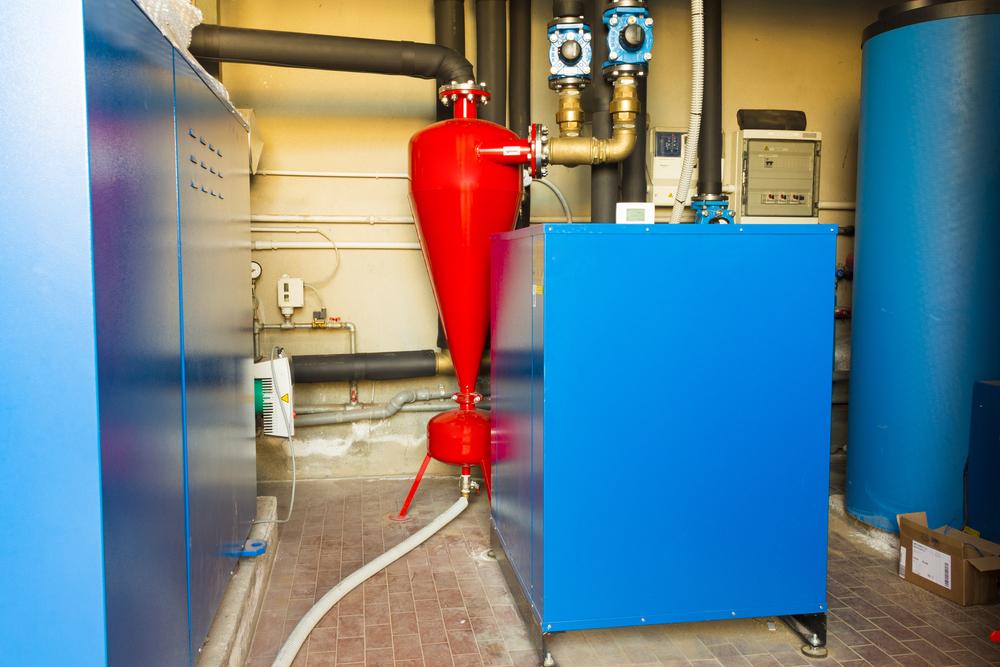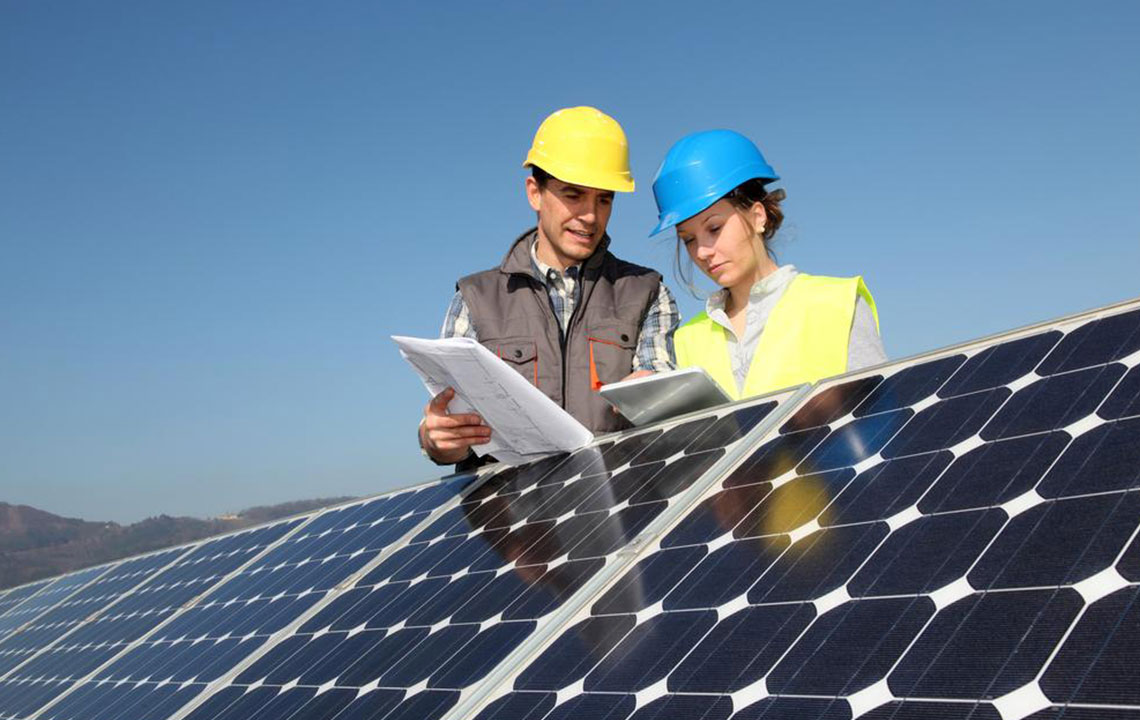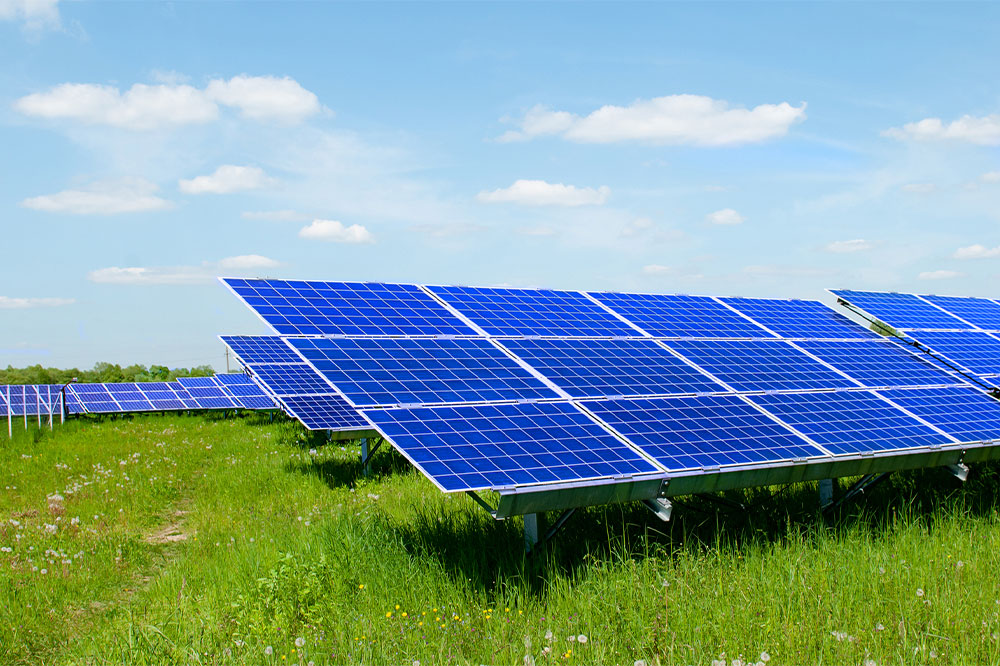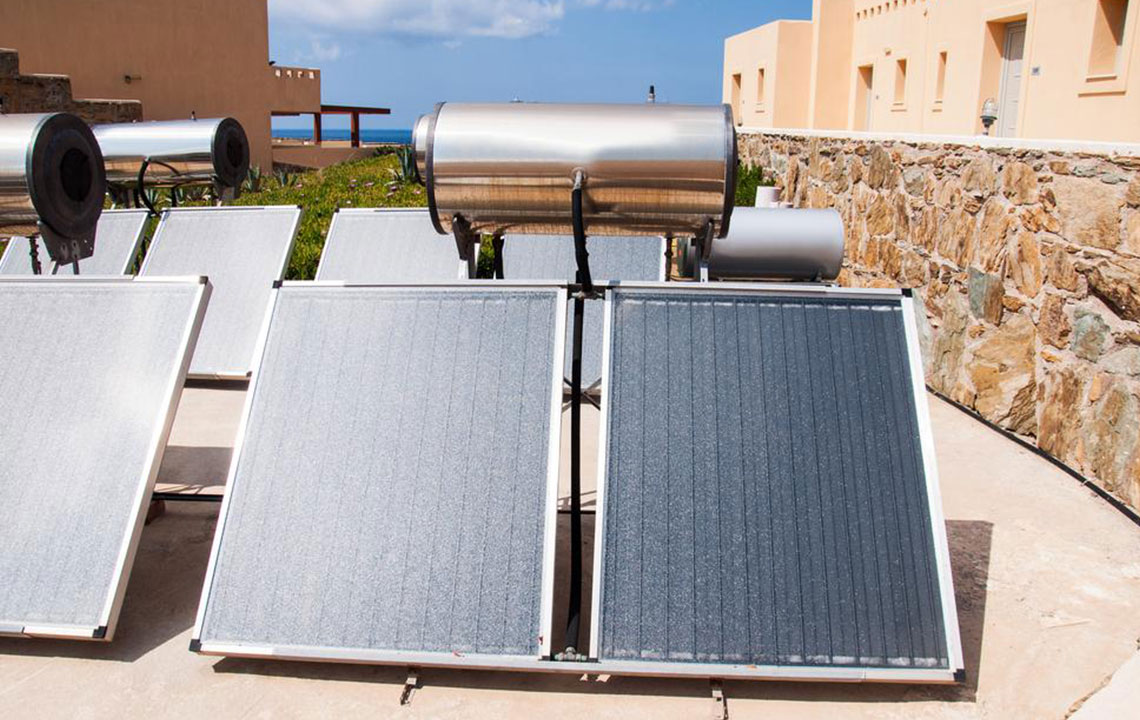Essential Steps for Developing a Successful Solar Power Facility
Learn essential steps for establishing a successful solar farm, from market research and legal requirements to installation and maintenance. Discover costs, benefits, and investment potential in renewable energy. This guide supports entrepreneurs and investors interested in solar power projects, emphasizing environmental and economic advantages for sustainable growth.

Essential Steps for Developing a Successful Solar Power Facility
A solar energy plant, also called a solar park or solar power station, consists of extensive arrays of photovoltaic panels that convert sunlight into electricity. This energy is fed into the grid to power residential, commercial, and industrial locations. Solar farms can be categorized as utility-scale (up to 2,000 MW) or community-scale (up to 5,000 MW), depending on capacity.
How to Launch a Solar Power Project?
Launching a solar farm involves thorough planning and preparation beyond a typical residential installation. Here's a guide to assist you:
Conduct Market Research
Understand who will benefit from your project, such as local communities, educational institutions, or businesses. Research local electric providers and analyze your competitors to identify opportunities.
Develop a Business Strategy
Create a comprehensive business plan that details your goals, target audience, and operational structure to guide your project.
Register Your Business and Build Your Brand
Register as a legal entity such as a LLC, partnership, or corporation. Establish your online presence through a website and social media platforms to promote your venture.
Select a Location
Choose a site considering zoning laws, sunlight exposure, land use, and environmental factors essential for optimal performance.
Secure Permits
Obtain all necessary licenses and permits required for legal operation, which may vary by region.
Insure Your Investment
Purchase liability and coverage insurance to protect against potential damages or losses related to solar equipment.
Hire Expert Installers
Engage qualified professionals to install your solar panels, ensuring high-quality setup and efficiency.
Implement Maintenance Routines
Establish regular upkeep schedules based on manufacturer guidance to ensure longevity and performance of your solar panels.
Why Consider Investing in Solar Energy?
Solar farms significantly cut down carbon emissions, helping combat climate change. They generate sustainable power without environmental hazards like oil spills. Benefits include higher income from land use, high ROI, solar tracking technology, diversification of investor portfolios, and year-round energy production in sunny zones. The expanding solar industry attracts increasing investment, making it a promising venture for entrepreneurs and environmentally conscious investors.
What Are the Typical Costs for a Solar Farm?
On average, solar farm expenses range from $0.89 to $1.01 per watt. A 1 MW (megawatt) plant could cost between $890,000 and $1.01 million. Costs per acre run between $400,000 and $500,000, covering equipment, permits, and installation. Final costs vary by location, scale, and labor, with a recommended minimum size of 5 acres for commercial projects. Smaller farms, around 2 acres, are suitable for residential uses or local community needs. Many solar farms are available for purchase, some with existing permits, making entry easier.
To power your home, search for 'solar farms near me' and connect with owners to discuss options, costs, and efficiency, aligning with your electricity needs.










